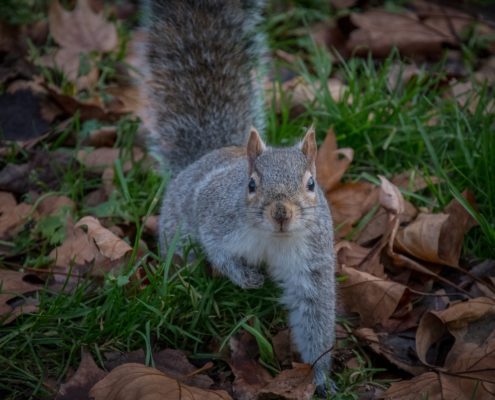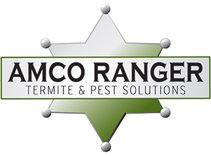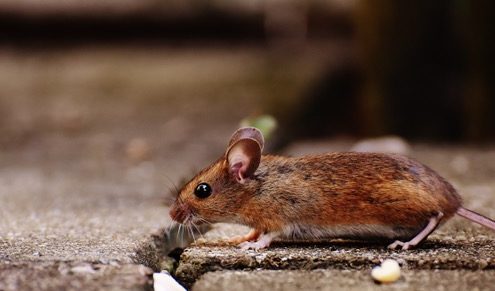
When animals such as raccoons, rats, and squirrels get into an attic, they wreak havoc. They tear apart insulation, leave droppings everywhere they go, and carry and transmit potentially fatal diseases. It’s important to know the signs that indicate animals are living in the attic. Early detection can help prevent further damage to your home, and keep your family safer.
Once the critters are detected, the next step is to call a St. Louis wildlife control service that can safely remove the animals.
If animals are in your attic, you will also likely begin to smell a strong odor. Animal droppings and urine have a potent smell. These smells are usually sour. If animals become trapped in the attic and die, their carcass will also soon start to cause an unpleasant odor.
Wild animals leave many dropping behind as they travel in and out of a home. Like the sounds animals make, it’s important to identify the droppings. If they are very small, about the size of a sesame seed, you likely have a mouse problem. If the droppings are quite large, you may have a raccoon problem.
Of course, an entry point is always a sure indicator that an animal has gotten into your home. Sometimes these are obvious. Possums, for example, will simply chew a hole through the wall to make their way in. Other times, entry points are not so noticeable. Mice, for example, can squeeze their way through an opening no larger than a pencil eraser. It’s important to always check the walls, floors, and ceilings, as well as doorways, to look for signs of entry that could suggest an animal in the home. Checking for these entry points regularly can also help you identify them and repair them sooner, preventing a wildlife problem from occurring.
How Wildlife Control In St. Louis Works
Wildlife control begins with an inspection. A technician has to know what animal they’re dealing with first, so they can determine the removal method they’ll use. During the inspection, a technician will also look for insulation damage, entry points, and where the animals are mainly living.
In many cases, live traps are then set to humanely trap the animal. The type of trap used, and the location it’s placed, are all crucial to effectively trapping wildlife. A technician will understand how to set these up to trap the animal as quickly and easily as possible so they don’t cause further damage to the home.
Sometimes, it’s possible to catch an animal by hand, using a snare pole or other device. Homeowners should never try this on their own, as wild animals are often aggressive and even vicious. A technician may also choose to use an exclusion door. These are used when an animal is trapped inside. The door allows them to go outside but prevents them from returning.
Homeowners Should Never DIY Wildlife Control
Many times, homeowners think they can simply remove the wildlife on their own. However, it’s important to call a professional for the job.
People often aren’t aware of how wild animals act, or just how dangerous they are. Handling a wild animal poses great risks, as they can bite and scratch and transmit diseases. Additionally, without the right equipment, the urine and feces of animals also pose a great health risk. These too, can transmit diseases and make humans very sick. Homeowners don’t usually have the right equipment to safely handle wild animals or their waste.
St. Louis also has many laws pertaining to wildlife control. A technician will ensure they abide by these regulations, while homeowners generally aren’t aware of them.
Call Our Missouri Wildlife Control Team Today
If you have a problem with wildlife in your attic, or any other part of your home, call our St. Louis wildlife control service at Amco Ranger today. We’ll inspect your property free of charge, and take the proper steps to safely and effectively remove the animals. If they have caused damage to your insulation or attic, we can also assist with these repairs and restore it to the condition it once was. Call us today at (636) 441-2847 to schedule an appointment.
*Listed pricing is for most homes, subject to change, and does not include program start-up fee. Final pricing determined during initial consultation.



